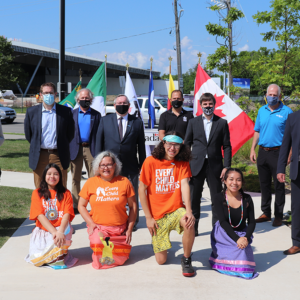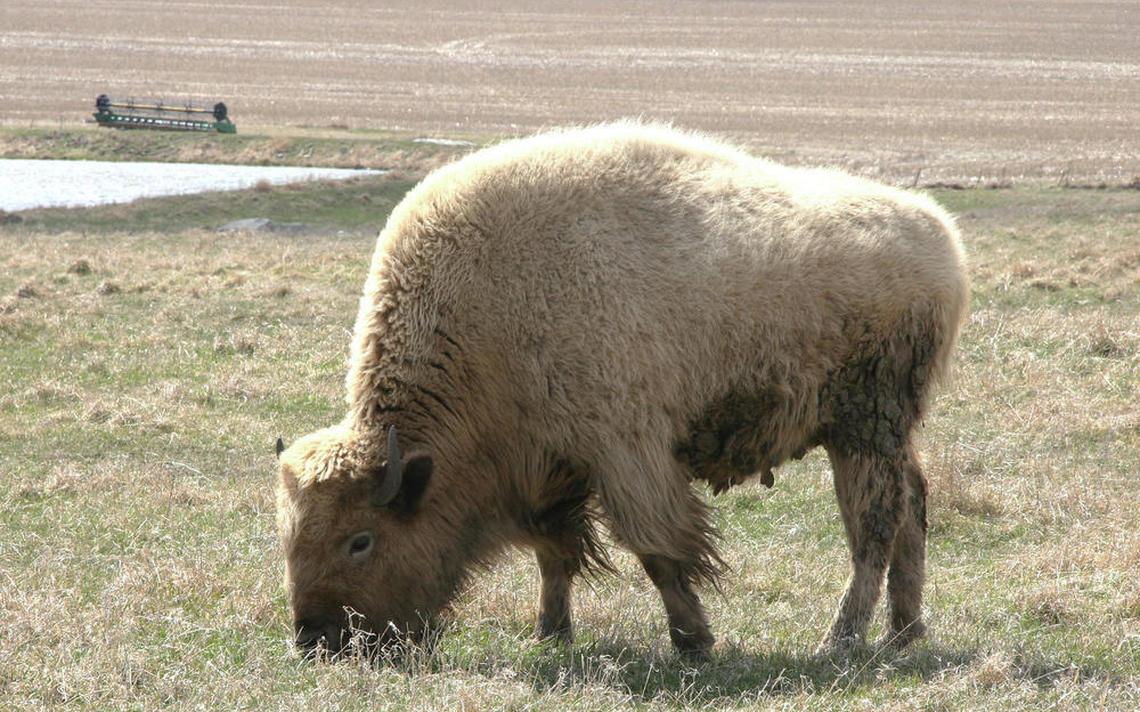On April 1, the Ontario Ministry of Natural Resources’ (MNR) 10 year Forestry Management Plan (FMP) for the Whiskey Jack Forest comes into effect, with over 50 000 hectares – that’s more than 500 square kilometers of forest scheduled for clearcutting.
If you think you have heard of the Whiskey Jack before, it is probably because the Whiskey Jack Forest is one of the names that have been given to an area of land that corresponds with Asubpeeschoseewagong Netum Anishinabek (Grassy Narrows First Nation) Traditional Territory, which has been protected against clearcut logging for over a decade by the longest standing blockade in Canada.
Over 50% of Grassy Narrows Traditional Territory has previously been logged.
The Province does not recognize the land as Grassy Narrows’ Territory. While they tacitly recognize Grassy Narrows Traditional Land Use Area (GNTLUA), that is mostly for the purposes of “assigning” traplines, a right claimed by the MNR. They also call it Forestry Management Unit #490, and the FMP makes it clear that they intend to take the trees, which they view as belonging to the Crown.
Recently the MNR rejected a request from Grassy Narrows Chief, Simon Fobister for the management contract (also known as the “Sustainable Forestry License”) for the Whiskey Jack Forest. It took less than 48 hours for the Minister of Natural Resources, David Orazietti to reject the offer, an offer that was also condemned by Kenora MP Dave Rickford.
The quick rejection and condemnation came after months of silence and refusals to publicly address the issue by the Wynne Government and Orazietti Ministry. Even the NDP’s MNR critic, Dave Vanhouf has refused to comment.
Then on March 28, just days before the plan is to come into effect, a statement was released from the MNR in which Orazietti claims that this year’s Annual Work Schedule (AWS) will not contain any cutblocks within the GNTLUA, however the AWS is still yet to be released by MNR. They seem to have, for this year, decided to only log Whiskey Jack cutblocks that do not fall within Grassy Narrows’ Territory, though all of the blocks within the GNTLUA would remain on the 10 year plan.
One possible reason for their decision is the request for an Individual Environmental Assessment (IEA) made by the Grassy Narrows First Nation Band Council. The Ministry of the Environment has yet to formally reply to the request. However, regardless of whether clearcutting is scheduled within the GNTLUA for this year or next, the 10 year plan, as well as their own statements (or in some cases, lack thereof) have made the Government’s intent clear.
The silence and remaining uncertainty come as even more severe a slight since when she was Minister of Aboriginal Resources, Wynne actually visited Grassy Narrows and promised to help the community find a resolution to the ongoing logging conflict and the ongoing problems caused by the mercury poisoning of the English River System, from which new generations of children continue to be affected.
In the 1960’s logging operations dumped an estimated ten metric tonnes of industrial mercury into the waters at the Dryden Paper Mill, resulting in the long term poisoning of the English and Wabigoon River Systems, affecting Grassy Narrows as well as other First Nations.
Another factor in the decision might be the recent commitment by major regional lumber company EACOM to avoid conflict wood from Grassy Narrows. EACOM’s commitment leaves no large operating mills in the region willing to accept conflict softwood from Grassy Narrows Territory after years of boycotts and divestment actions.
The Grassy Narrows First Nation Chief and Council, as well as grassroots organizers in the community have firmly rejected the logging plan.
Taina Da Silva, a Youth organizer in the community, and daughter of long-time organizer and grassroots leader Judy Da Silva, said in a recently released statement from the Grassy Narrows Youth Group, “If the logging begins in our territory, I am certain there will already be planned strategies on our part to bring it to a complete halt… It’s important to stop the new logging plan because our traditional way of life depends on the health of the environment.”
Another of the newly formed Youth Group’s core organizers is Edmond Jack, who is also the eldest child of another one Grassy Narrows’ most prominent grassroots voices and former “Youth Leader”, Chrissy Swain. In the March 1 statement, Jack says, “Our organizing is connected through bloodline relations and teachings. Our mothers fought so we could have this land, so we will continue to fight for it… Not only does the plan threaten my family trapline, but it also threatens the traditional knowledge of future generations who cannot yet speak for themselves.”
The most concise place to get information and updates on developments at Grassy Narrows, where there is also information on how to support land protection efforts, is at http://freegrassy.net. According to the website, direct political pressure on the Liberal Provincial Government is important. The Grassy Narrows Youth Group is also currently fundraising and can be reached at GrassyNarrows.YouthGroup@gmail.com.







